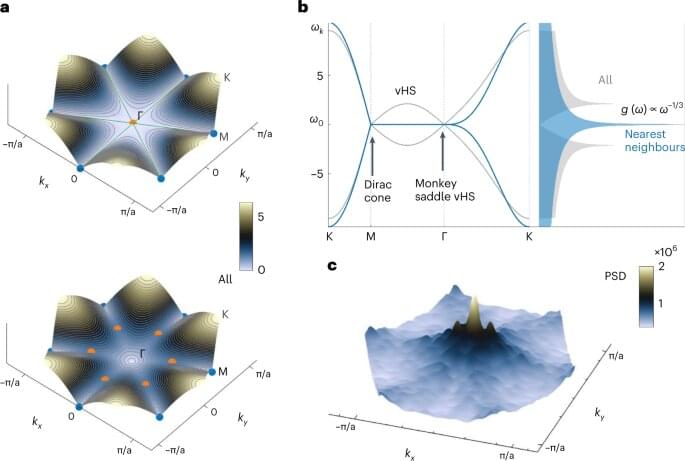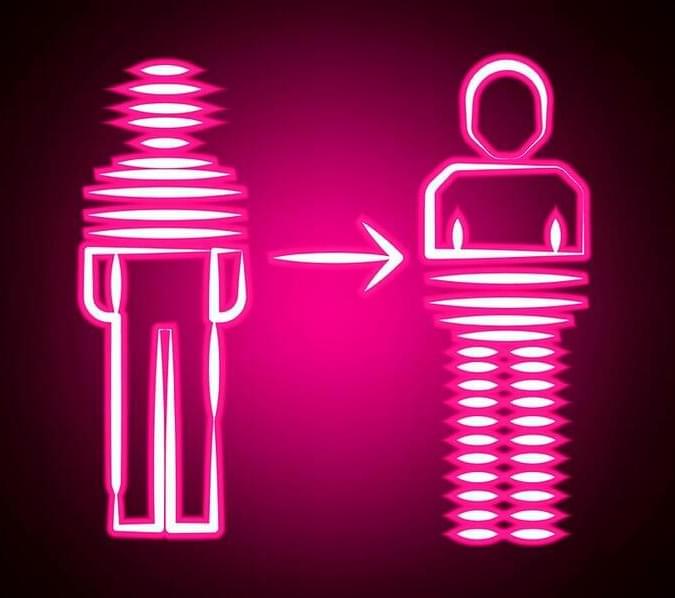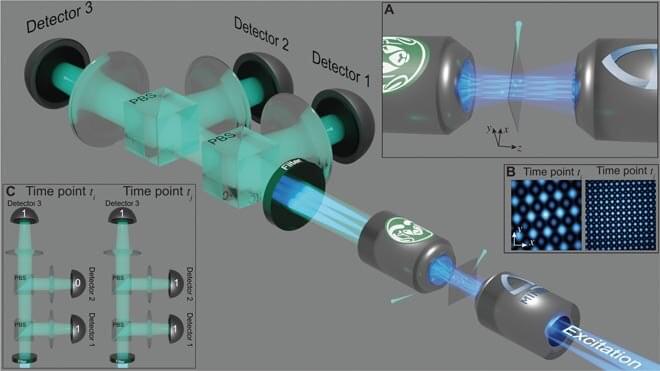Jan 27, 2023
Researchers find ways to improve the storage time of quantum information in a spin rich material
Posted by Saúl Morales Rodriguéz in categories: chemistry, computing, quantum physics, security
An international team of scientists have demonstrated a leap in preserving the quantum coherence of quantum dot spin qubits as part of the global push for practical quantum networks and quantum computers.
These technologies will be transformative to a broad range of industries and research efforts: from the security of information transfer, through the search for materials and chemicals with novel properties, to measurements of fundamental physical phenomena requiring precise time synchronization among the sensors.
Spin-photon interfaces are elementary building blocks for quantum networks that allow converting stationary quantum information (such as the quantum state of an ion or a solid-state spin qubit) into light, namely photons, that can be distributed over large distances. A major challenge is to find an interface that is both good at storing quantum information and efficient at converting it into light.

















